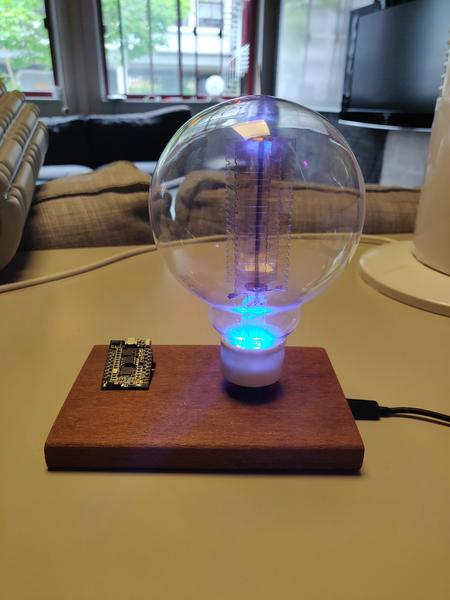
Watt and Why
Because the power grid around is a dynamic, adaptive socio-technical system, that we are completely unaware of most of the time.
We are tracking the amount of regulating capacity in MW that TenneT has dispatched in the last minute for grind ballancing. This power is automatically dispatched using load frequency control (LFC). The primary metric TenneT is monitoring is the frequency in the grid. It must be 50 Hz, and is allowed to deviate by max 1%.
Below is a real time measurement of electricity frequency measured at Revspace
If you are a generator of consumer of more than 60 MW, the Dutch electricity law ( 5.1.1.1a.1 Netcode elektriciteit ) specifies that you must take part in LFC system. Each 15 minutes, you must provide a bid to TenneT, specifying how many MW at which price you would be willing to provide into the grid or stop withdrawing from it. You must provide 7% of this power per minute, and your reaction time is max 30 seconds. Source
For more details on the data, see the TenneT site
The lamp uses the natural spectrum as an indicator,

with green being in balance, and towards Violet when there is a need to input power into the system, and towards Red when power is withheld from the system. The maximum value is +/- 250 MW, after which the lamp pulses with the final color.
Hardware
- A generic Wemos D1 mini ESP2866 micro-controller close. I like RobotDyn as a source, as they seem to have somewhat less crappy build quality than average.
- An ancient load lamp, with a broken filament.
- 5 NeoPixel clones LEDs, with a sk9822 driver chip.
- a random powerbank
Wiring diagram coming soon.
Software
- The raw XML source of data
- Software is on github
- There is a verion for HTTPS and MQTT, depending what works for you.